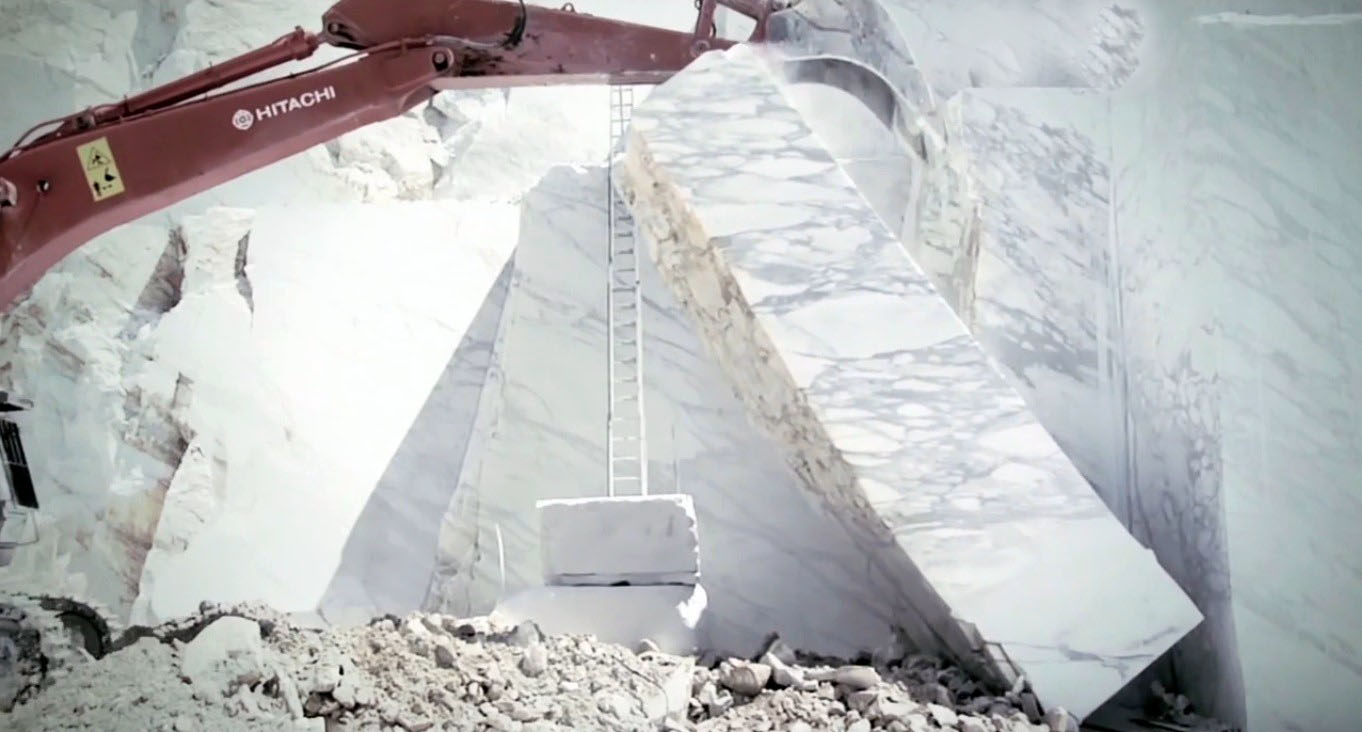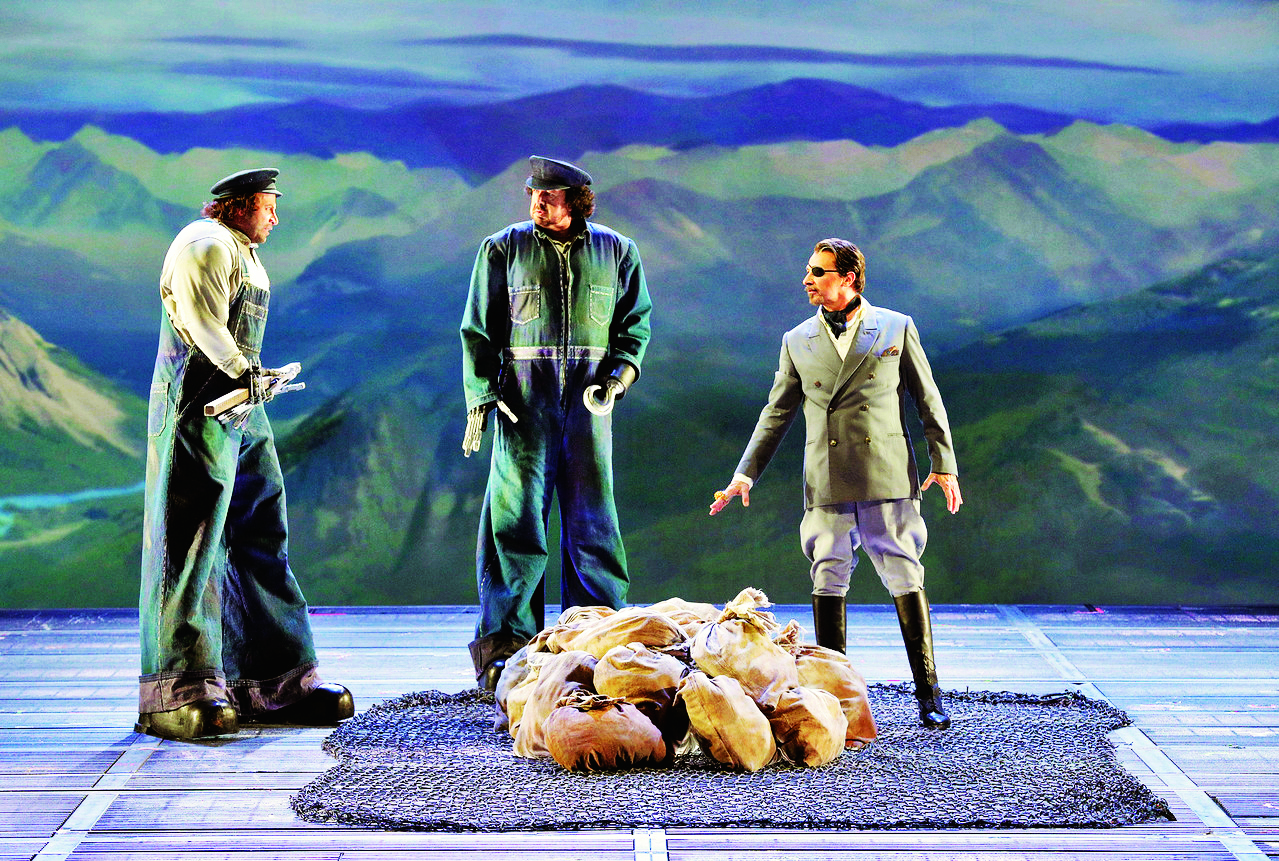“Within every block of marble lies a statue. It is the job of the sculptor to discover it.” Michelangelo
When Michelangelo made that statement, he was describing the marble of one place in particular – that of Carrara, Italy, located in the province of Massa-Carrara. Situated on the border with Liguria and Emilia Romagna, the province is characterized by an extensive coastal area rich in tourism and resorts, but a short distance from the sea brings one to the Apuan Alps. Not only is the area a paradise for nature lovers, the spectacular white marble quarries in the heart of these mountains are unique to the world. Entering the mountain’s heart, one can touch the same precious marble that was chosen by Michelangelo for the Pieta.
The Many Reasons to Visit Carrara
Carrara is a town most famous for its legendary marble quarries used to build the Pantheon and Trajan’s Column in Rome. It is a place with over 2,000 years of history, where artists such as the aforementioned Michelangelo picked the marble to create masterpieces such as The David and Moses. Marble from this area can be spotted in the mountainous landscape that frames every picturesque scene. The famous Carrara deposits have been worked over the course of the past two millennium and according to experts, the quality of high-grade material yet to be excavated is so great that Carrara promises to supply the demand for its marbles for centuries to come. When nature created this section of the Apuan Alps, it formed a storehouse of marble that is truly marvelous. Beds of the finest quality of the Carrara marble are known to exist as high as 5,500 feet above sea level. A considerable portion of the mountain formation seems to be made entirely of marble and the grain of the marble quarried now is as exquisite as that of centuries ago, in other words – the finest on Earth.
Though the marbles are of great variety, they fall into three classifications – brecciate, bardigli and bianco. Although the elegant brecciate is popular for stately ornamentation, flooring and fixtures and the grey blue bardigli has many useful applications, it is the bianco which is of the greatest importance. It has many varieties. Sometimes it is of dazzling whiteness, sometimes it has a bluish hue and it may even have the tones of human flesh.
Nearly one hundred and fifty years ago, the famous Academy of Fine Arts was established at Carrara; but as far back as the fifteenth century, these marble mountains attracted Renaissance sculptor Michelangelo and the little city has long been one of the art centers of Europe. Michelangelo worked here for years and was one of the first sculptors to realize the extent and quality of the beds. Bondinella and many other masters of the chisel had studios in Carrara. Some of these artists’ works may be seen in Carrara’s museum, which contains one of the most valuable collections of sculpture in existence, including pieces which date back to the era of the Roman republic.
When you stroll the streets of Carrara, you will be amazed at just how colorful the town is. Peppered with a definitive Baroque style of architecture, you will find that walking in Piazza Alberica in the center of town to be an absolute delight. Life here never moves at a hurried pace, yet there is still a vibrancy in the air. Although there are many tourists along the coast, the town of Carrara does not have that a tourist-like atmosphere. Shop owners will be delighted that you have visited and will encourage you to spread the word about this ‘off-the-beaten-track’ gem of a town. Another not so surprising fact is that marble is everywhere. Undoubtedly, wherever you go you will encounter something made of marble – benches, statues, sculptures, pavement, fountains and of course the main cathedral. But when in Carrara, it is a visit to the Cave di Marmo, ‘The Marble Mountains’ that is an absolute must for any traveler.
A Visit to Cave di Marmo
An unforgettable adventure awaits you when you visit the marble mountains. First you have to get there, remember the quarries are thousands of feet above the valley. You will likely arrive in an off-road vehicle, gripping the sides while it climbs up steep paths and switchbacks to reach the quarries. Your driver will know every bump and curve on the road and will likely drive as though he is on his way to visit a dying relative, in other words – FAST! Even 25 mph feels swift on these steep narrow marble roads, but the ride for many is exhilarating, although some visitors have been known to tip the driver in advance to drive slower. The view during the drive is remarkable. As you ascend, you can see the coast and realize how close to the Ligurian Sea the mountains are. Your ultimate reward is the view from the top – marble as far as the eye can see, which will certainly take anyone’s breath away. You will immediately be struck by the question of how men could have possibly moved these massive blocks of marble ages ago, much less make them into masterpieces. The enormity and scale of the excavations are as indescribable as the beauty and purity of the marble. These mountains created eons ago far below the surface of the Earth are nothing less than a gift from God. Over 15,000 tons of marble is extracted from these mountains every day. From up above, you get the gorgeous view of the Apuan Alps, along with a peek at the Ligurian-Tuscan coastline.
Getting to Carrara from Florence is easy; by car or by train, it is about an hour and a half. Once you are there, make sure to also visit the Marble Duomo Cathedral, dating from the 12th century, located at Piazza Duomo. It has a rectangular plan with a semi-circular apse. The façade, finished in the second half of the 14th century, is decorated with pale and dark marble stone. The portal is crowned by sculptures and a Gothic rose window with twisted columns, each different from the others. The bell tower, standing 108 feet, was also built in the 14th century. Outside the church is the “Statua del Gigante” (Statue of the Giant), by Baccio Bandinelli.
Leave some time to visit the 16th century Ducal Palace, also known as Palazzo Cybo Malaspina, now the seat of the Fine Arts Academy. Built over pre-existing Lombard fortifications, it dates to the reign of Guglielmo Malaspina, becoming in 1448 the permanent seat of the dynasty. It includes two distinct buildings, the Castello Malaspiniano, dating to the 13th century and the Renaissance palace, begun by Alberico I in the late 16th century. Under the medieval loggia are several ancient Roman findings. You’ll also enjoy the gorgeous panoramic views of the city and landscape of the wonderful town, home to the finest marble in the world.





